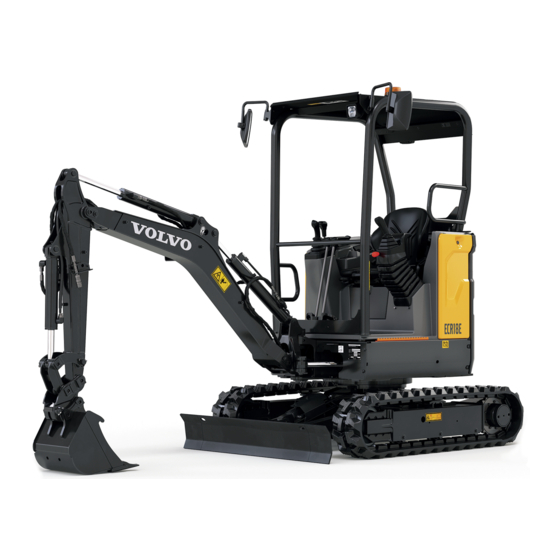
Table of Contents
Advertisement
PUB 20051710-A 2018.09 Norwegian
PUB 20051662-A 2018.09 English
PUB 20051711-A 2018.09 Polish
PUB 20051672-A 2018.09 Croatian
PUB 20051686-A 2018.09 Danish
PUB 20051687-A 2018.09 Dutch
PUB 20051666-A 2018.09 Chinese
PUB 20051664-A 2018.09 German
PUB 20051689-A 2018.09 Finnish
PUB 20051706-A 2018.09 Korean
PUB 20051693-A 2018.09 Hungarian
PUB 20051669-A 2018.09 Swedish
PUB 20051668-A 2018.09 Spanish
PUB 20051728-A 2018.09 Turkish
PUB XXXXXXXX-A 2018.09 Thai
PUB XXXXXXXX-X 20XX.XX Language
PUB 20051670-A 2018.09 Brazilian Portuguese
PUB 20051685-A 2018.09 Czech
PUB 20051671-A 2018.09 Bulgarian
PUB 20051715-A 2018.09 Slovenian
PUB 20051707-A 2018.09 Latvian
PUB 20051714-A 2018.09 Slovak
PUB 20051665-A 2018.09 Italian
PUB 20051667-A 2018.09 Russian
PUB 20051691-A 2018.09 Greek
PUB 20051713-A 2018.09 Romanian
PUB 20051663-A 2018.09 French
PUB 20051712-A 2018.09 Portuguese
PUB 20051688-A 2018.09 Estonian
PUB 20051708-A 2018.09 Lithuanian
C
M
Y
CM
MY
CY
CMY
K
MANUALE
РЪKOBOДCTBO ЗА
OPERATORA
MANUAL DE INSTRUÇÕES
РУКОВОДСТВО
MANUAL DE INSTRUÇÕES DO
volvo broad Max
操作员手册
คู ่ ม ื อ การใช
사용자 지침서
50 pt max two lines
OPERATORIAUS VADOVAS
INSTRUKSJONSBOK
Operator's Manual
ОПЕРАТОРА
INSTRUKTIONSBOG
KASUTUSJUHEND
MANUEL D'UTILISATION
ΕΓΧΕΙΡΙ∆ΙΟ ΧΕΙΡΙΣΤ
DELL'OPERATORE
KEZELÖI KÉZIKÖNYV
KULLANIM KILAVUZU
BETRIEBSANLEITUNG
Instruktionsbok
kÄYTTÖOHJEKIRJA
PRIROČNIK ZA UPORABO
INSTRUCTIEBOEK
NÁVOD NA OBSLUHU
NÁVOD K OBSLUZE
ОПЕРАТОРА
OPERADOR
MANUAL DE OPERARE
ROKASGRĀMATA
PRIRUČNIK ZA KORISNIKA
PODRĘCZNIK OPERATORA
DO OPERADOR
Libro de instrucciones
EC15E, EC18E, ECR18E, EC20E
Sub-heading on one or two lines with product name or similar
Advertisement
Table of Contents
















Need help?
Do you have a question about the EC15E and is the answer not in the manual?
Questions and answers